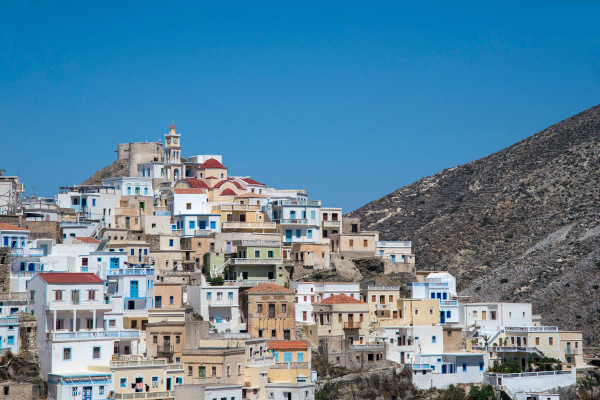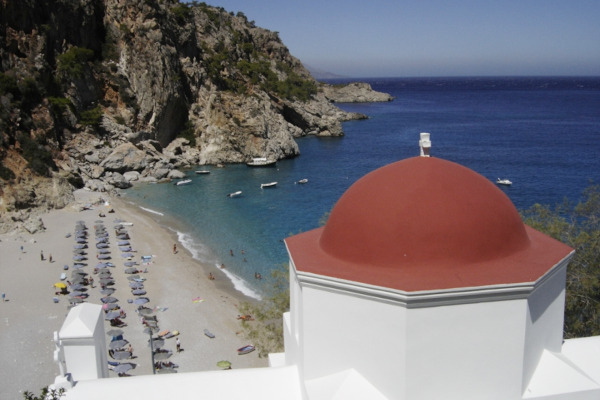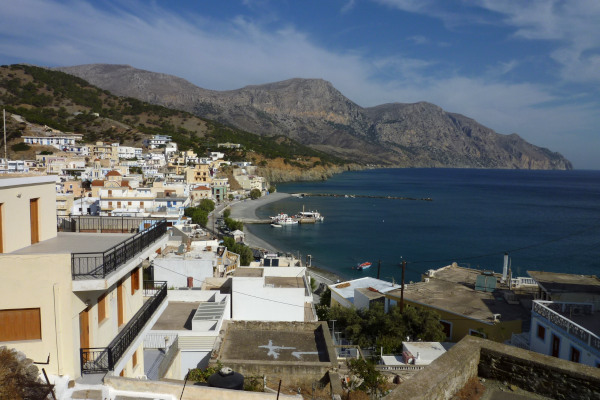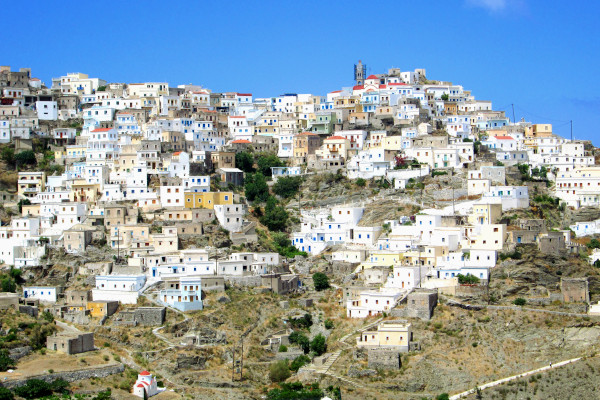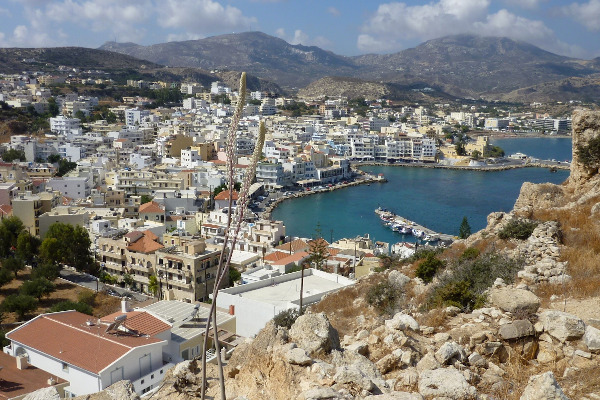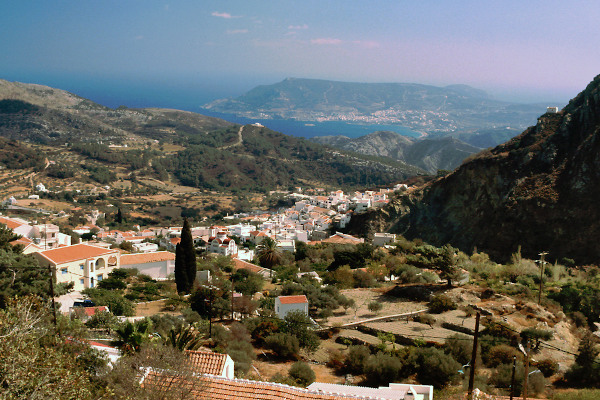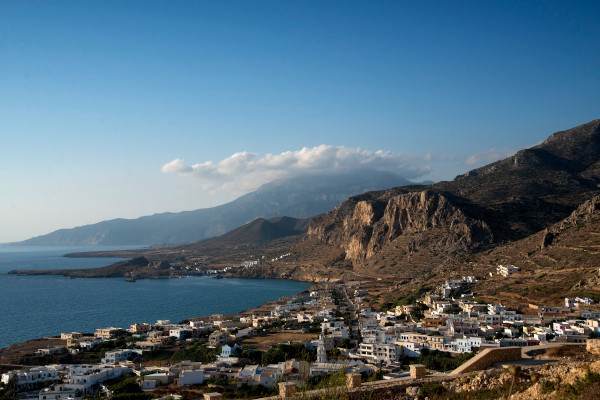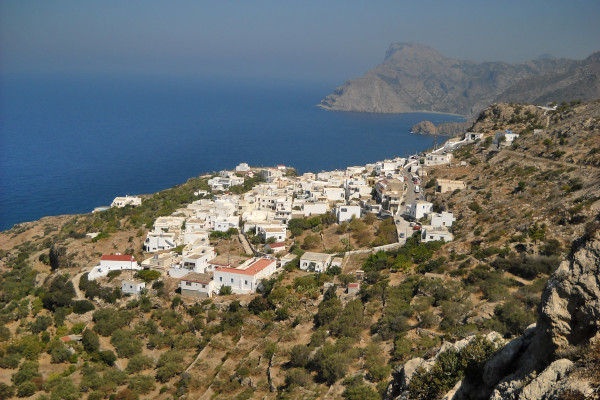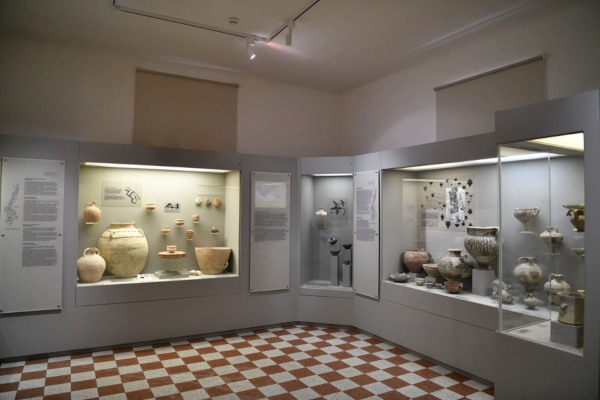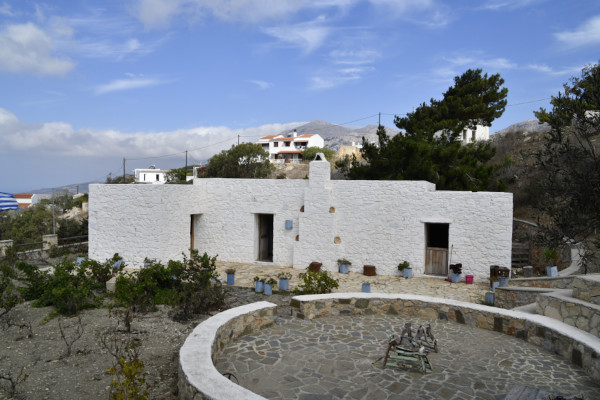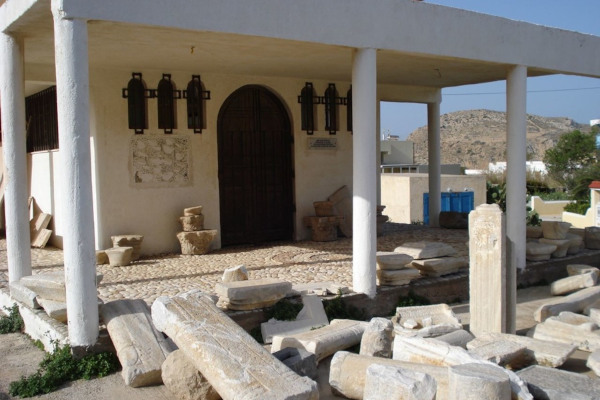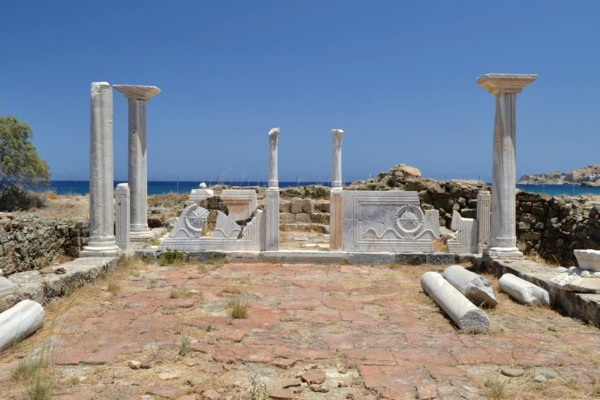Karpathos Beaches
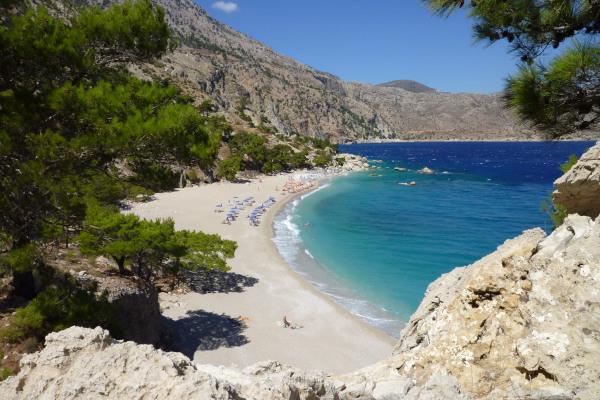
Apella Beach
At Apella, you're swimming in crystal-clear waters dwarfed by the rocky mountain mass over you. The view and feeling have healing properties.
Kira Panagia Beach
Kira Panagia is a popular, organized beach with crystal-clear water and a beautiful church. Sunbeds and umbrellas available for a price.
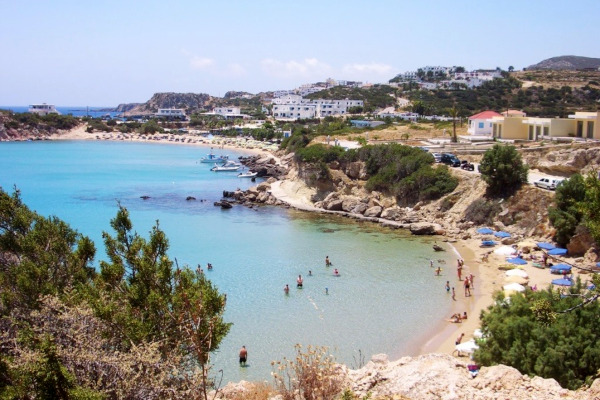
Ammopi Beach
LakkiThree small, sandy beaches in a row. Waters are shallow which makes them ideal for kids. Hotels and restaurants are nearby.
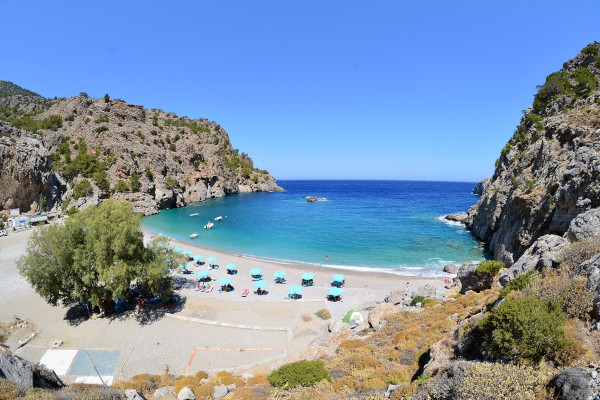
Achata Beach
Calm beach that combines small pebbles, sand, and crystal-clear deep waters. Umbrellas and sunbeds in offer, and there is a taverna nearby.
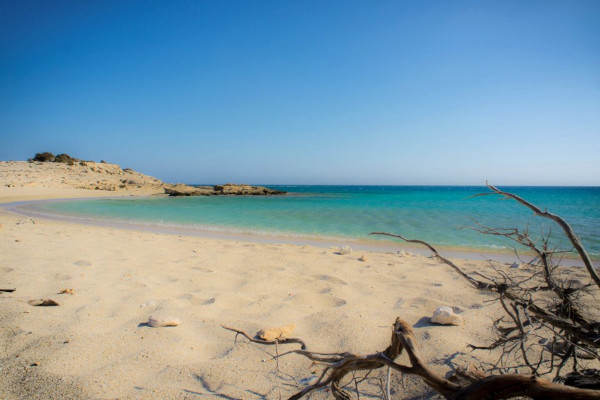
Diakoftis Beach
White-sand beach with turquoise waters without buildings in the surroundings. However, it's close to the airport, which is both good and bad.
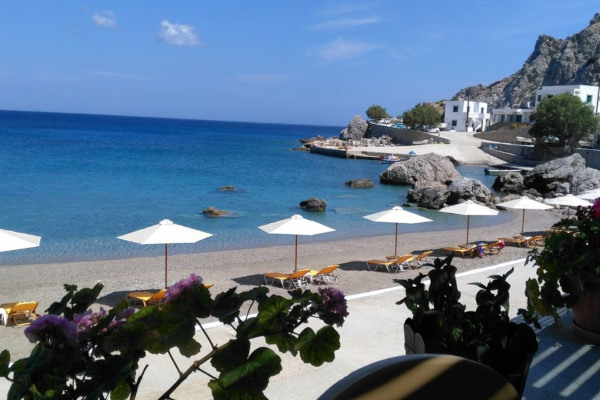
Ag. Nikolaos (Spoa) Beach
Ag. Nikolaos - Spoa is an organized, small-pebble beach, among the most beautiful of Karpathos. Exceptional tavernas nearby.

Limniatis Beach
Pigadia KarpathosLarge and busy, Limniatis beach is a sandy coast with bushes. When you step in the sea, you encounter rocks. Sunbeds in offer.
